
This article is written by Debra Atkinson, MS, CSCS, founder of Flipping50 and the STRONGER: Tone & Define, 38-year fitness professional, functional health coach, hormone balancing fitness expert, and long-time friend of the Hormones Balance community. Debra has helped over 250,000 women “flip” their second half with the vitality and energy they want and is a best-selling author of multiple books, including You Still Got It, Girl: The After 50 Fitness Formula for Women.
In this article, you’ll learn:
- The science about exercise in menopause
- The problem with exercise guidelines for women in midlife
- Why type and timing of exercise matter more in menopause
- Skip the quota of exercise and check in with how you feel
- Exercise more and eat less? Not anymore.
- Put muscle-preserving (or gaining) exercise at the top of your priorities
- Don’t skip recovery
- The importance of cooling down
It’s no secret that movement through menopause is important. However, it’s highly likely that a new approach is going to reap more rewards for you than trying to repeat your 30-something workout.
Midlife brings hormone changes and though you may never have given it a second thought, hormones were always influencing – and influenced by – exercise. To address your movement through menopause needs before, during, and even long after menopause, this post looks at the science – and the art – of assessing your personal needs right now.
Before another word though, if you’re making any mistakes, it’s not your fault and you’re not alone. Chances are the programs are failing you – not the other way around.
Let’s unpack the truth about exercise for women – and especially midlife women.
The Science About Exercise in Menopause
Did you know that only 39% of all exercise and sports medicine research features women? Maybe that doesn’t shock you. Women go through up to seven unique hormone phases in their lives on average. Men don’t. Every one of these hormone phases demands a unique exercise prescription.
Yet, young athletic men are still predominantly the subjects in studies. It’s changing, slowly, but for now, we have to be very selective.
If you didn’t know to ask, “Is this program designed based on science about women just like me?” then chances are it’s not, even when you work with a personal trainer. I’ve been teaching at a university and hiring/training/and firing fitness instructors and trainers for over 30 years. I know that trainers and students in kinesiology programs or even basic certifications don’t learn hormone-balancing exercise strategies to enter the field.
Think about it. How many times have you ever been asked about your hormones when you started an exercise program?
You’re not a mouse, a man, or even a young woman. Once you’re in midlife you have different hormone levels than you’ve ever had. So, when those hormones change, your exercise must also change!
The Problem with Exercise Guidelines
If you’re in midlife exercising like a 25-year-old athletic male (most frequent research subjects) at the peak of muscle mass, and your hormones have changed such that you’re at the peak of fat storage, that’s not going to bode well.
Spoiler alert: in a study of over 1 million women by the American College of Obstetrics and Gynecology (ACOG, 2019), there is no connection between menopause and weight gain. Yet, it happens, I get it. We need to know the signs that your hormones are suggesting you do a U-turn.
Let’s look at the six changes I recommend that can dial in your movement through menopause for the energy and vitality you want. If you’re not in menopause yet, stick around, because the sooner you know and start these practices, the smoother your transition will be. You’re welcome!
Type and Timing of Exercise Matter More in Menopause
The combination of the type and timing of exercise is far more important to you in midlife than ever before.
At Flipping50 we have a saying: intense early, light late. In this discussion about exercise type, I’m referring to intensity. For high-intensity interval training or strength training workouts, you use cortisol for energy. Early in the day (if all is well), your cortisol levels are naturally highest. By keeping high-intensity exercise early, you use cortisol to your advantage.
It’s not only the stress hormone; it’s also the energy hormone. Say, you try to do your HIIT workout at 5:30 after work. That supposed fat-burning workout at that time of day may cause you to store fat or rob you of the quality or quantity of sleep you want, need, and deserve.
If you miss your morning HIIT session, don’t try to “catch up.” Push it to a morning later in the week. Instead, go for a walk or do a yoga session. You’ll do yourself more fat-burning good this way.
Skip the Quota of Exercise and Check in with How You Feel
For decades, the fitness industry has been using guidelines and position statements to suggest the right number of cardio, strength, and flexibility sessions. You’ve learned those workouts should be a certain duration, frequency, and intensity to count.
And we were wrong.
That doesn’t consider how you feel right now. It doesn’t have anything to do with your energy level, how you slept, or your cortisol level. It doesn’t ask about the rest of your life stressors.
At midlife, your declining estrogen levels make you more susceptible to the negative effects of stress. Exercise, girlfriend, is stress. (Dieting, not sleeping, and you know, a pandemic… are also stress).
When we pile on exercise as per usual, we don’t get more fit faster. We may turn up the stress response instead. That is begging for fat storage.
Your body can’t do two equal and opposite things. It will always go for fat storage, in the preservation of that “rainy day” need you could have.
If I’ve confused you, and you’re asking, doesn’t exercise decrease stress?
It depends.
While a walk or yoga on an otherwise high-stress day will lower your stress levels, a HIIT session could increase it.
Your best path to fat burning is to optimize cortisol. When in doubt, chill out. Yoga or a walk can remove the biggest obstacle to your fat burning: stress.
Exercise More and Eat Less? Not anymore.
For decades you have been conditioned (and still are) to exercise more and eat less. It will sabotage your fitness now.
If you intentionally exercise, even if you wish to lose a few pounds, consider yourself an athlete. You have a goal. Whether it’s weight loss, energy, bone density, or muscle for metabolism, it’s an outcome.
You’d never think an athlete could skimp on food and be able to perform optimally. Neither can you. For midlife energy that leads to old age strength and vitality your 80-year-old self will thank you for, you want muscle.
Muscles require exercise stimulus, rest between, and high-quality fuel. Keep the balance between the three and you’ll find fitness easier (and perhaps faster) than ever.
Put Muscle-Preserving (or Gaining) Exercise at the Top of Your Priorities
“Resistance training is the only exercise that can boost metabolism without increasing aging.” – Dr. Joel Furhman
If you didn’t know, “cardio” actually ages you faster by inducing oxidative stress. The more endurance queen you are, the more oxidative damage you do. Do we need some cardio? Yes. But much less than we’ve ever thought, and the older you are, the higher proportion of strength training and other anaerobic (HIIT) work you need compared to that aerobic exercise you grew into adulthood doing.
At best, strength training increases our lean muscle tissue which is metabolically active tissue. It also increases your strength, endurance, and stamina. In short, you can do the things you want to do when you want to do them.
And at its worst, resistance training prevents muscle losses that lead to frailty, then often falls and fractures. Movement through menopause stages should gradually increase the emphasis on strength training.
So, it’s all good. And it’s been proven that strength gains are possible even for the oldest old. So, no excuses if you’ve never started. Today is your day.
Don’t Skip Recovery
A rumor got started in the fitness industry decades ago: you only need 48 hours between strength training sessions. The research actually stated that there should be a minimum of 48 hours between strength training workouts for the same muscle groups.
However, gyms and trainers encouraged MWF classes, right? And we all complied.
After the age of 40, adults often find more optimal fitness results from waiting 72 hours between strength training sessions. They’re recovered more completely which means they can work harder in the next session. My clients report less soreness, more energy, and faster strength gains when they reduce workouts to 2/week.
By the way, there is no difference between strength or body composition changes comparing 2 and 3 times a week resistance training. For women in midlife, fatigue and exhaustion are common. By lifting just twice weekly (total body is proven to be the best metabolism stimulator), you get all the benefits and none of the exhaustion or “couch compensating” of the past.
Recovery also requires you to tend to your overall nutrition, protein needs, as well as sleep. You can and should exercise between resistance training. Scheduling your interval training, yoga, or walks to compliment your resistance training is a part of recovery, too.
The Importance of Cooling Down
Movement through menopause is not complicated. Listen to how you feel. There are times yoga and walking will be your best success tools. You will want and need to strength train when energy levels are restored. Your optimal longevity depends on it.
To know what’s best now, track your daily energy and measure body composition. That said, movement through menopause requires a mindset shift from decades of conditioning about what you should do.
Just do this: if what you’re doing isn’t working, try it this way.
You can always go back to what’s not working now.
Learn more with Overcoming Estrogen Dominance
“The body has an amazing ability to heal. We just need to give it the right resources.”
In Overcoming Estrogen Dominance, my goal is to empower and give you the tools to take control of your hormones and health.
More than 70% of women experience estrogen dominance. The symptoms range from lumpy and fibrocystic breasts to thyroid nodules, hot flashes, fibroids, uterine polyps, painful, heavy or irregular periods to infertility and miscarriages, from mood swings to insomnia, weight gain to fatigue.
So many women have experienced the pain and frustration that comes when they feel their symptoms and complaints are dismissed or minimized. This is particularly true for women who are experiencing the symptoms of hormone imbalance. Even when doctors do offer treatment, it’s typically in the form of prescription medication or invasive surgical procedures.
In Overcoming Estrogen Dominance, I hope to show that those extreme interventions are often unnecessary and to give women a roadmap to reverse estrogen dominance using food, herbs, supplements, and natural protocols to rebalance hormones.
To get your copy of Overcoming Estrogen Dominance, go here.
Disclaimer
These statements have not been evaluated by the Food and Drug Administration. This product is not intended to diagnose, treat, cure or prevent any disease.
References
- Ambikairajah, A., Walsh, E., Tabatabaei-Jafari, H., & Cherbuin, N. (2019). Fat mass changes during menopause: a meta-analysis. American Journal of Obstetrics & Gynecology, 221(5), 393-409.e50. doi:10.1016/j.ajog.2019.04.023
- Anderson T, Wideman L. Exercise and the Cortisol Awakening Response: A Systematic Review. Sports Med Open. 2017;3(1):37. Published 2017 Oct 10. doi:10.1186/s40798-017-0102-3Willardson JM. The application of training to failure in periodized multiple-set resistance exercise programs. J Strength Cond Res. 2007 May;21(2):628-31. doi: 10.1519/R-20426.1. PMID: 17530977.
- Bartolomei S, Sadres E, Church DD, Arroyo E, Gordon JA III, Varanoske AN, Wang R, Beyer KS, Oliveira LP, Stout JR, Hoffman JR. Comparison of the recovery response from high-intensity and high-volume resistance exercise in trained men. Eur J Appl Physiol. 2017 Jul;117(7):1287-1298. doi: 10.1007/s00421-017-3598-9. Epub 2017 Apr 26. PMID: 28447186.
- Rogeri PS, Zanella R Jr, Martins GL, Garcia MDA, Leite G, Lugaresi R, Gasparini SO, Sperandio GA, Ferreira LHB, Souza-Junior TP, Lancha AH Jr. Strategies to Prevent Sarcopenia in the Aging Process: Role of Protein Intake and Exercise. Nutrients. 2021 Dec 23;14(1):52. doi: 10.3390/nu14010052. PMID: 35010928; PMCID: PMC8746908.
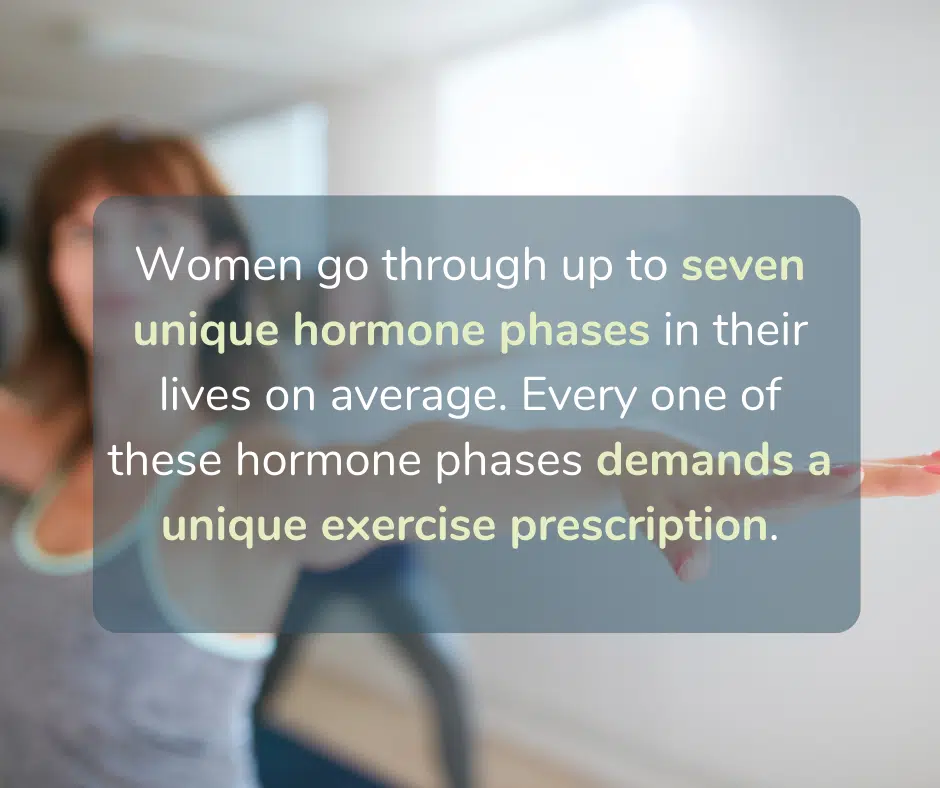
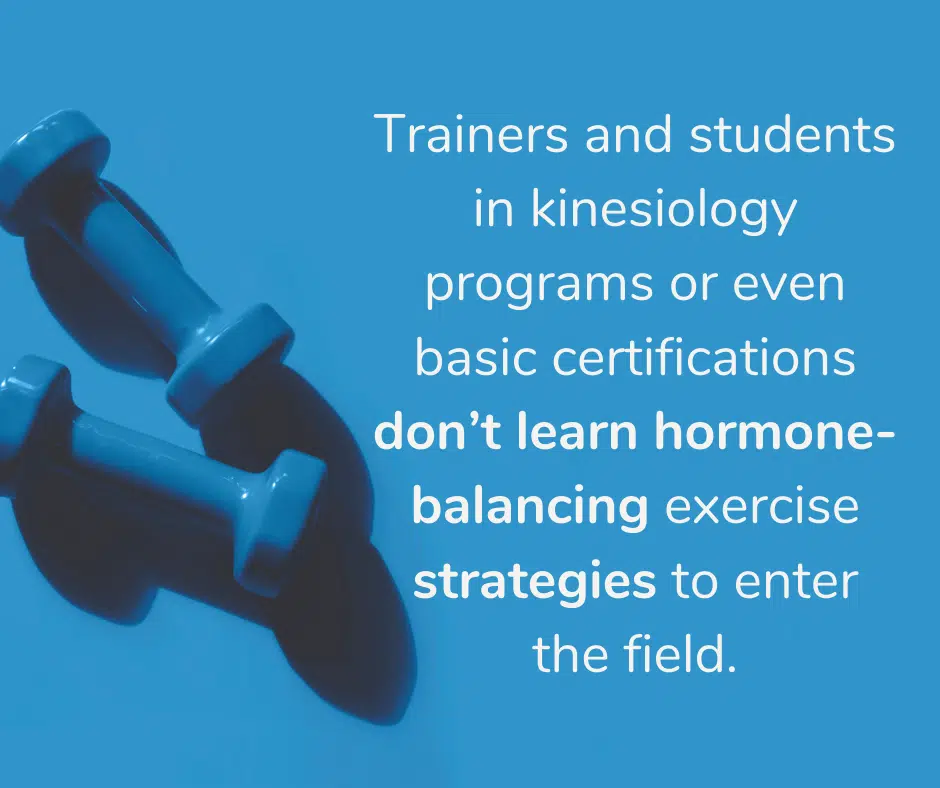
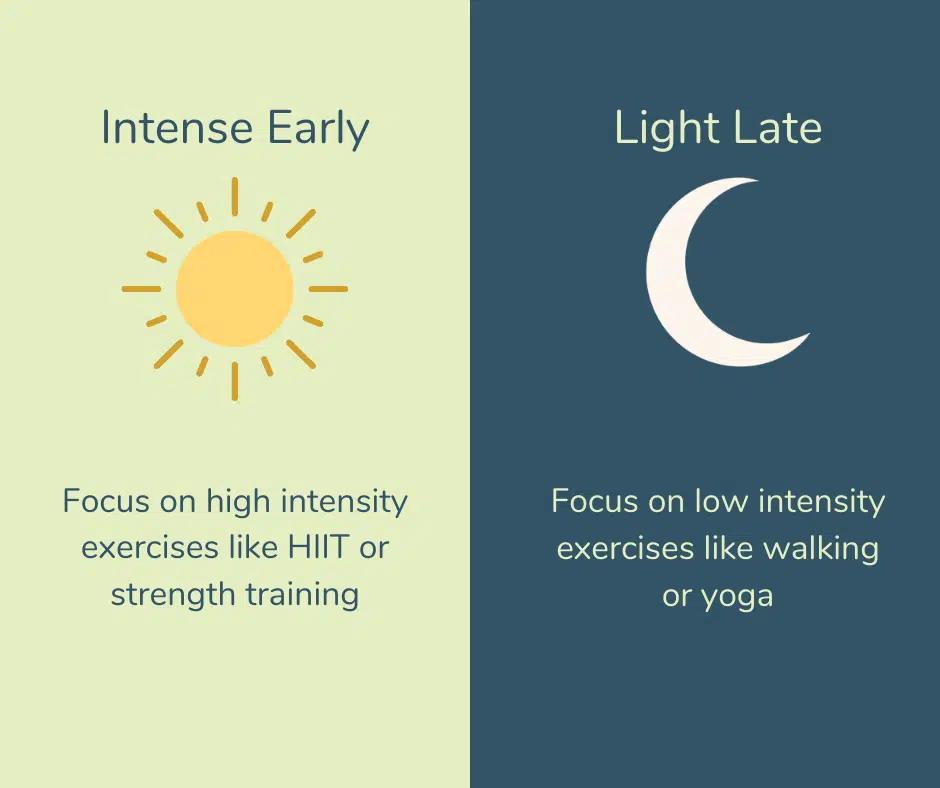
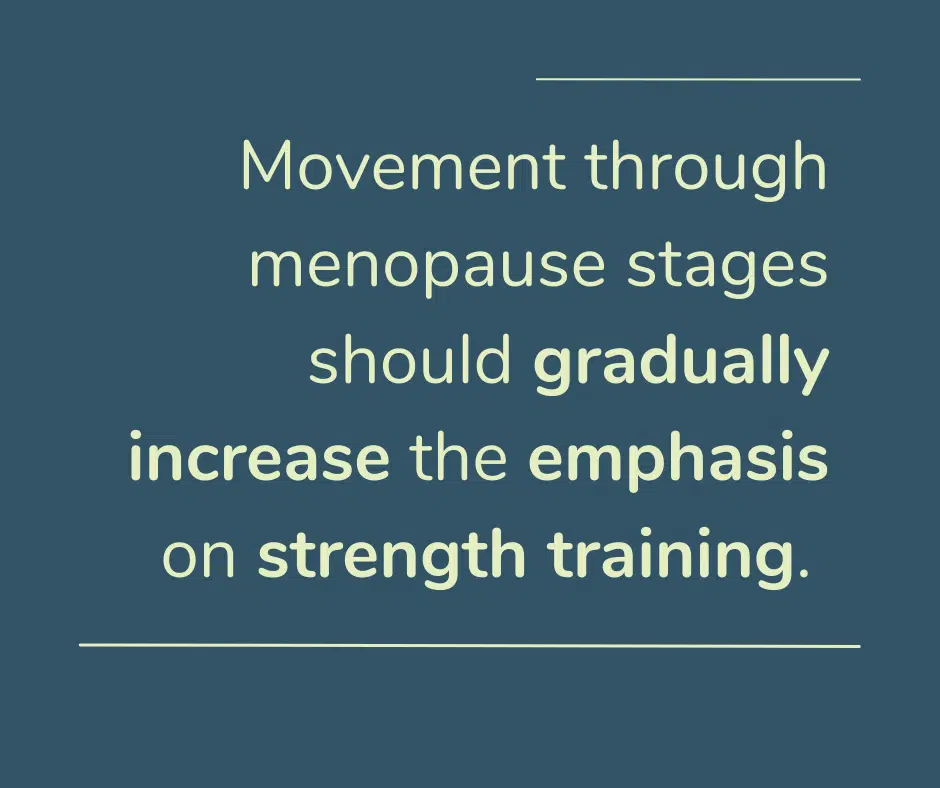
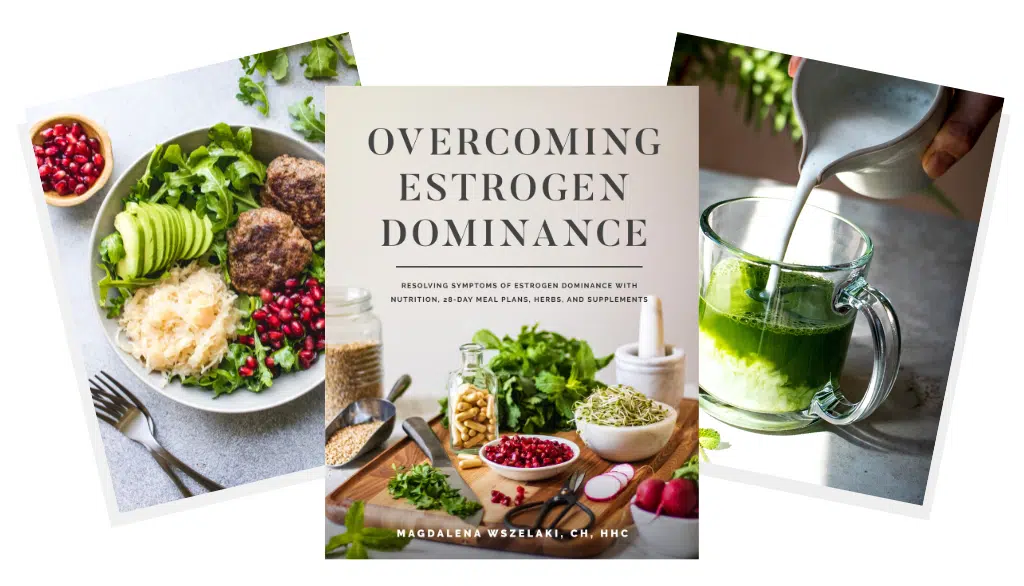
Do how does this approach work for 70+ ladies? I do stretching essentrics exercises because every joint gets to move. I have done strength/weight training (some with you!) but the emphasis on more weight and more reps just does not make sense to me anymore. I don’t need to “kill” myself, just optimize what muscles I have Now. So I guess that ‘s “tone vs enlarge”.
Hi Dee, this approach is applicable to women in peri-menopause and beyond. It sounds like you incorporate a routine that is very similar to one encouraged by Debra. Keep up the great work. ~HB Support
Hi! When you say “total body” is that doing resistance training for your whole body during each session? Or do you mean resistance training for the week ie legs one day and upper body on another day.
Thanks
Angilee
Hi, I like to do pushups every other day of the week, as part of my yoga practice. I do a total of 70 every other morning. I was wondering if you regard that as exercise that should be done just twice a week instead? Thanks! Marla